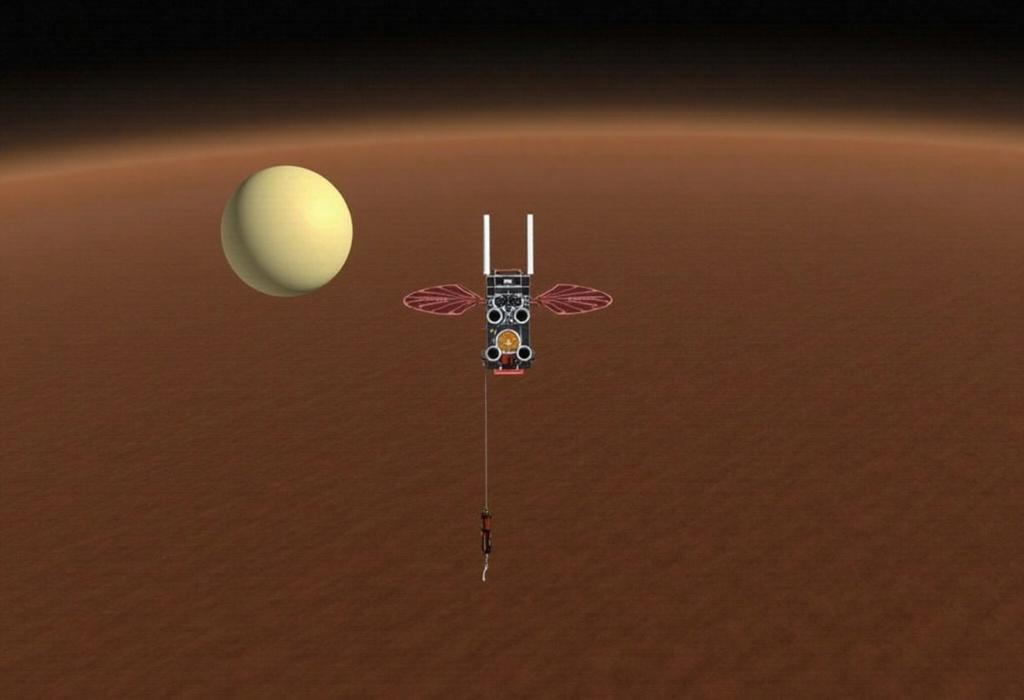NASA has announced that its Dragonfly mission, the first-ever rotorcraft designed for scientific exploration on another planet, has successfully passed its Critical Design Review. This significant milestone keeps the mission on track for a planned launch in July 2028. The Dragonfly project aims to explore Saturn's largest moon, Titan, to investigate prebiotic chemical processes and organic compounds that could provide insights into the origins of life on Earth. The mission's approval means that all aspects of the design, fabrication, integration, and testing plans have been finalized, enabling the team to commence the construction of the spacecraft.
The Dragonfly rotorcraft, which is approximately the size of a car and powered by nuclear energy, will embark on nearly a seven-year journey through space before reaching Titan. Once there, it will deploy over three years to examine various locations on the moon's diverse surface, which is shrouded in a thick atmosphere and characterized by hydrocarbon dunes and methane lakes. Scientists believe that beneath Titan's icy crust lies a subsurface ocean, further increasing the moon's potential to support life.
The Dragonfly mission carries a budget of $3.35 billion and is spearheaded by the Johns Hopkins Applied Physics Laboratory (APL), with Elizabeth Turtle as the principal investigator. A collaboration with key partners across various NASA centers, international space agencies, and research institutions underscores the mission’s comprehensive approach to exploring astrobiology.
This mission responds to significant scientific interest in Titan, especially following valuable data from the Cassini and Huygens missions conducted in the mid-2000s, which revealed important information about the moon's atmosphere and surface conditions. Success for Dragonfly could potentially revolutionize our understanding of life's formation possibility elsewhere in the solar system, an area of high relevance to astrobiology. The excitement surrounding this mission highlights not only the advancements in space exploration technology but also the enduring curiosity humans have about life beyond Earth.
Article sources included a statement from NASA elaborating on the mission's significance, technical insights gleaned from Space.com, and updates provided by Aerospace Daily & Defense Report which focus on the implications and the broader context of space exploration missions.
AD
AD
AD
AD
Bias Analysis
Bias Score:
20/100
Neutral
Biased
This news has been analyzed from 11 different sources.
Bias Assessment: The article presents factual information about NASA's Dragonfly mission without evident bias or emotional influence. It focuses on the mission's technical milestones and scientific objectives, maintaining a neutral and informative tone throughout. The language used is straightforward, aimed at delivering news rather than persuading the reader, which keeps the bias score low.
Key Questions About This Article




